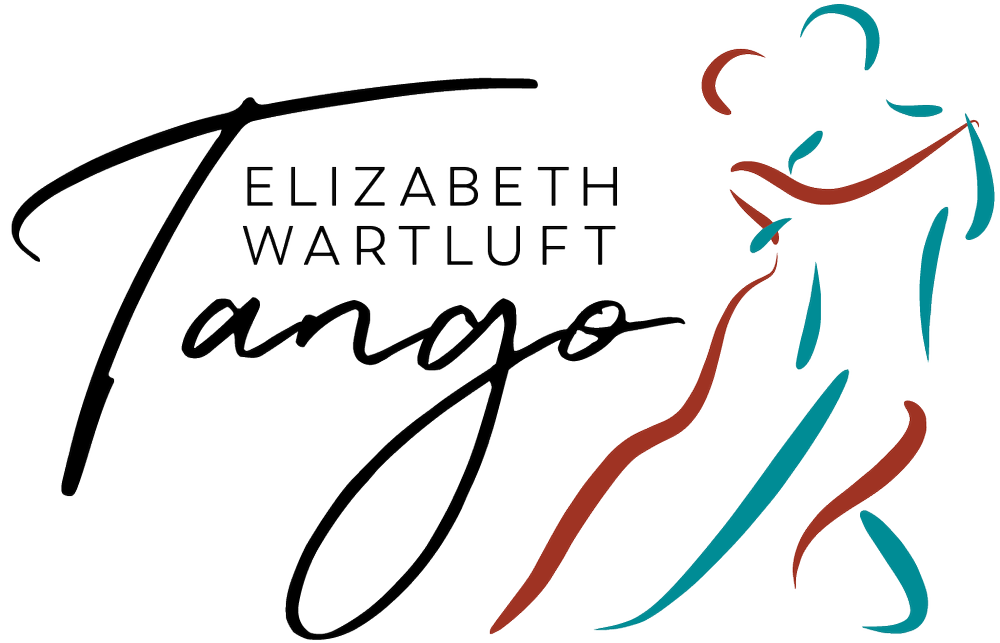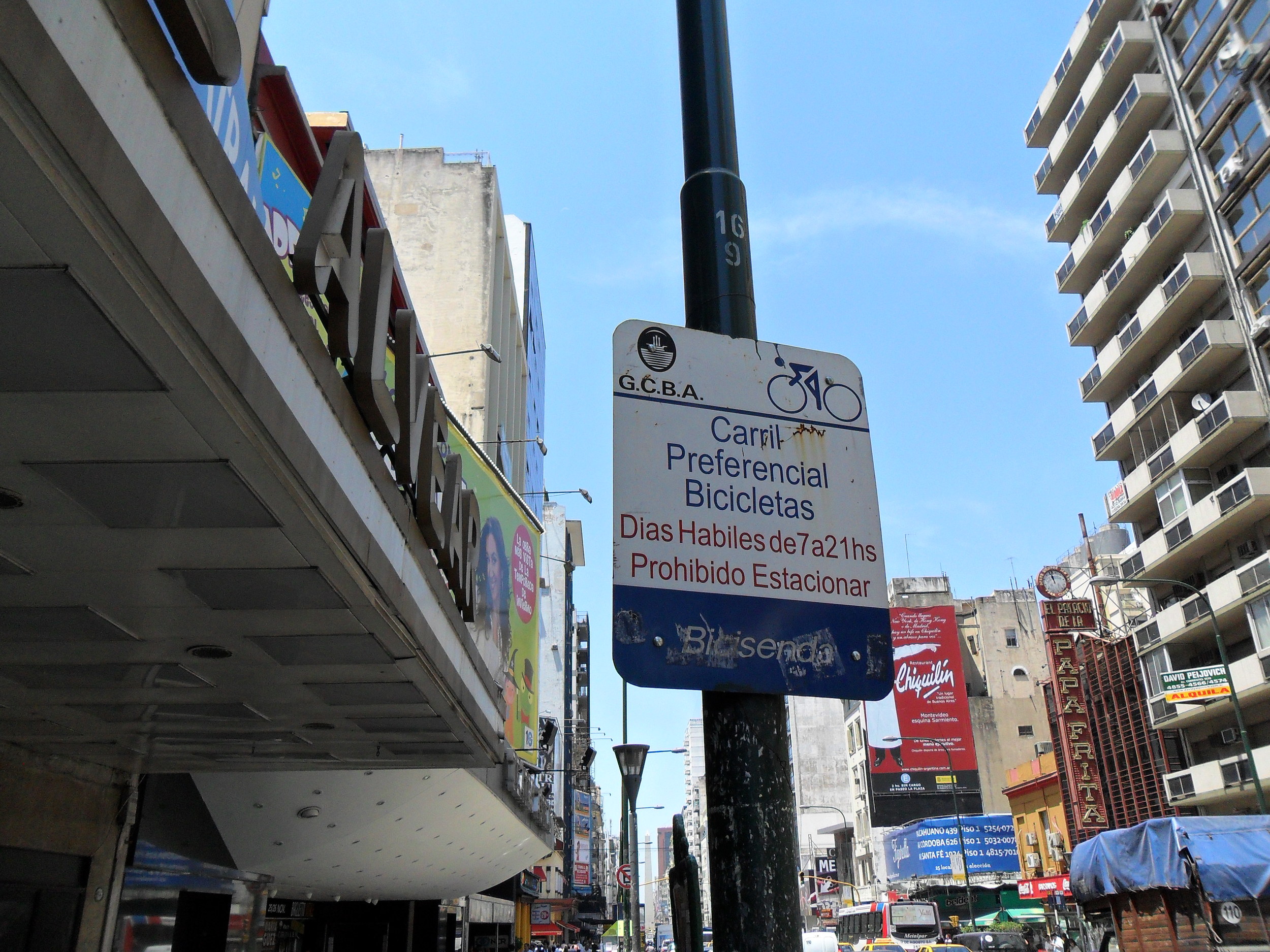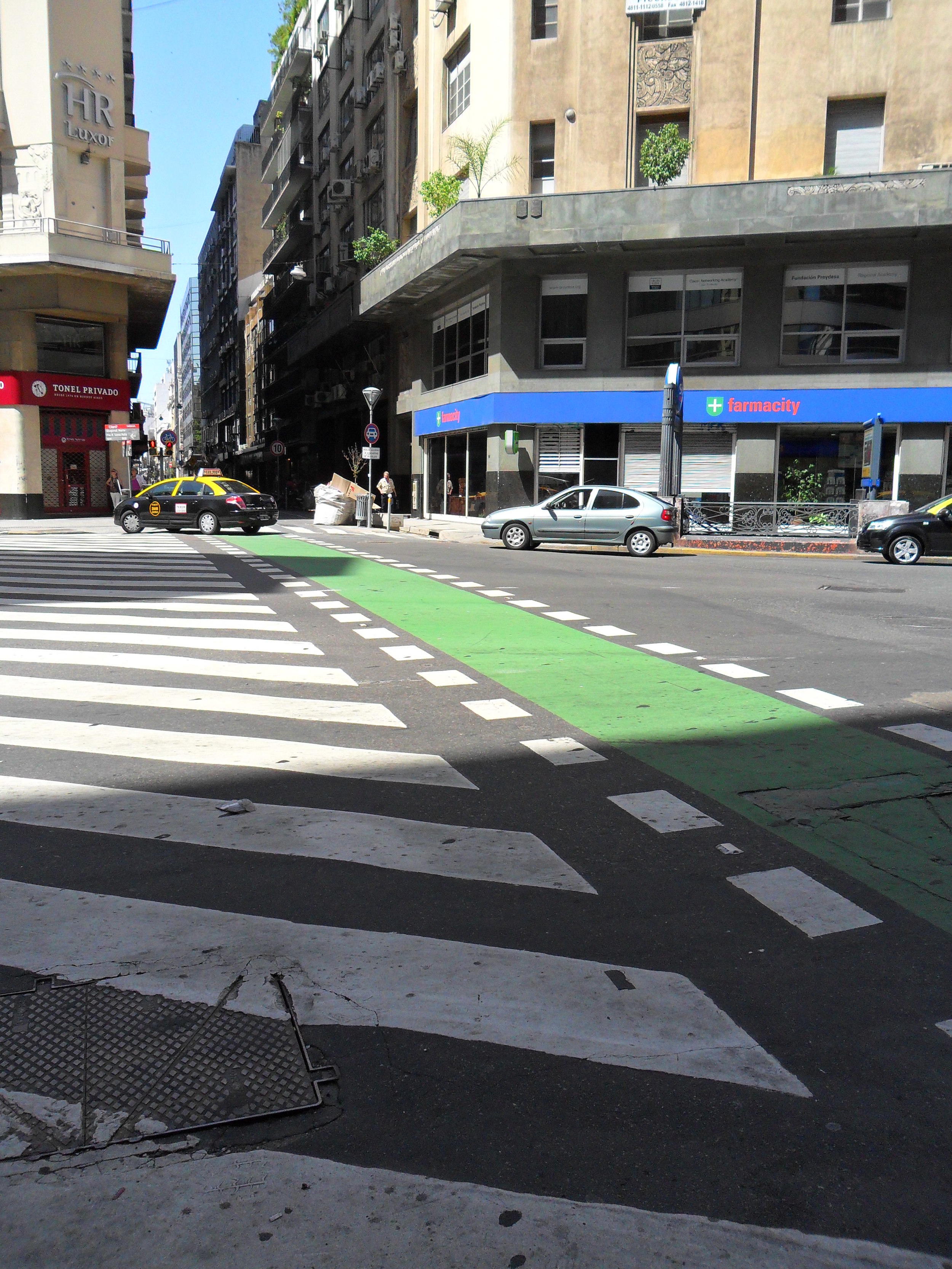Good massage place
Marta Rey does reflexology, massage, facials, moxibustion, etc., and has those strange but very nice Korean massage beds that roll your spine for you. I tried it once, and Gayle is back getting everything loosened up for the flight home. Both of us really liked how our backs and feet felt afterwards. Marta speaks some English. You can reach her to set up a time (you will need 2.5-3 hours for the whole works) at 4951-6755; 4953-7223; or 15-4061-3232. All numbers that start with 15- are mobile numbers. The other two are her work phone and her home phone; I am not sure which, but try the first one first. She is at Rivadavia 1966, 3rd floor, Apt. A (in Congreso). We got a deal for being friends of friends, so I am not sure of the price, but I think it's around 120ish pesos. Tipping is nice.
Good pedicure and hair place
Claudio Zappulla, Ayacucho 57 (also in Congreso) was hopping when we went in to schedule pedicures: we had to wait two days! Some friends get their hair done here, too, and vouch for the stylists. I don't know if they speak English, but the pedicure person did not. They aren't afraid to remove callus here. If you haven't had a pedicure outside the USA, don't panic when they start shaving callus off (last year, at another place, the girl broke open a disposable razor and used a blade from it; at this place, at least they have the right tools!). The little sander-like tool made everything supersmooth, but I'm very ticklish, so it was a bit of a torture for me. However, my feet felt GREAT afterwards. I think it was 75 pesos for the most thorough pedicure I've ever had. Telephone: 4953-6584.
Nice leather products
We wandered into a few leather stores, as my handbag started to disintegrate a week into our stay (it's "Ecoleather" aka vinyl). Camila Cueros, Lavalle 741, had pushy salespeople, but very good quality leather. The prices seemed high to me because I don't buy leather in the USA, but Gayle assured me that the prices were really good deals, compared to prices at home.
Good ice cream
Cadore Gelato Artigianale, Av. Corrientes 1695. I already mentioned this place last year, but I went back. I REALLY like their gelato!
Shoe repair
I think I already said this, but I'll put it here, too. Sarmiento 1882, half a block away from Neotango Shoes. They can get stuff done fast: they put croma on Gayle's shoes between yesterday afternoon and 9 am today. Fast, good service and repair.
My new favorite clothing store for tango: Tango-Imagin
Tango-Imagen Anchorena 606, tel,. 4864-3847, email: jazmin.tangoimagen@gmail.com, is next to Tango 8, and I hadn't seen it before. However, the nice ladies at Susana Artesanal steered us that way after we couldn't find what we wanted at their store. What a nice place (both). At Tango-Imagen, three people do the cutting and sewing and selling, so they know the fabrics, they know what they have, and they can take special orders. They have a mix of performance stuff, going out to dance clothing, and practice clothing.
The man who helped us makes most of the pants they sell, but he was able to look at how one outfit fit Gayle and suggest another one because the fabric was stretchier. It only came in one size fits all, but that stretchier one was perfect, and she bought it. Pretty designs, nice fabrics--how can you lose? Check them out! Buy their clothing!
Favorite seafood restaurant
La Gran Taberna, Combate de los Pozos 95 (esq. Hipolito Yrigoyen), has things from quite cheap to very expensive. We went on the less expensive side, and stuffed ourselves. What I really like about this place: the waiter took our order, and then said, "Look, that's too much food for the two of you. What if you share one order of the fish, along with your salad and sauted asparagus?" Where else would they suggest you order less of the most expensive part of your meal? Also, we ordered two glasses of wine, and the waiter brought us a bottle: he said that, if we shared a third glass of wine, it would be the same price as the whole bottle. Now that is service! We helped the waiters with their English homework, too. They have a second door on Combate de los Pozos that is their take-out service. Yum! Reservations: 4951-7586.
Slightly cheaper, nice place
Puenta Cuore Restaurant, Rivadavia and Ayacucho (in Congreso), had nice salads. I had an excellent merluza (fish) and steamed veggie meal. Gayle had yummy pasta. The restaurant is on a corner, and it was fun to people watch. The waiter was attentive.
Vegetarian possibilities
There are a lot more vegetables in restaurants than ten years ago. Also, I found three vegetarian restaurants in the area between Lavalle and Corrientes; between Callao and Junin. I didn't try any of them. Sorry, Geofrey! I know you wanted more information.
Gluten and life in Bs As
If you don't eat gluten, eating out is almost impossible if you are also a vegetarian. I opted for eating more meat than usual, and went off my gluten-free lifestyle. Thank goodness I'm not allergic! Many people said they had heard that some people can't eat gluten, but I didn't meet anyone who said they were gluten-intolerant or allergic to gluten. They don't eat in restaurants here, I bet!
Miscellaneous thoughts
1. Song I don't have that I wish I had bought: Di Sarli's Volver a Sonar. At least that's what the DJ Sunday at Canning wrote down for me. Hey, I still have a few hours!
2. Our taxi driver one night would need to change his name to emigrate to the USA: on the placard showing his license, etc., it claimed that his last name was Moron. I kid you not.
3. I think American milongas would be better if we kept the idea of a set or two of something different, interpersed during the evening. I love having a chacarera set and a set of "tropical" (cumbia, salsa, merengue) during the evening to relax my body, take a break from concentrating, and enjoy the other dances that I love. I would accept a set of "rock 'n roll" as long as it wasn't all Dixieland jazz (a bit overplayed here) or Elvis (don't get me wrong: I love him, but too much is too much).



